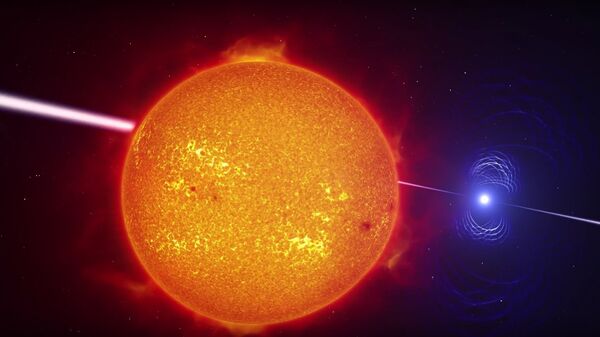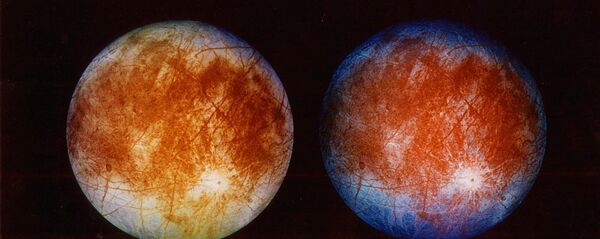An astronomy team led by Dr. Jayne Birkby, of the Harvard-Smithsonian center for Astrophysics, studied Dimidium and its star 51 Pegasi using the CRyogenic high-resolution InfraRed Echelle Spectrograph (CRIRES) at the Very Large Telescope (VLT) in Chile.
Dimidium holds a special place in the hearts of astronomy fans: discovered in 1995, it is the first exoplanet discovered around a sun-like star, as well as the first hot Jupiter-like exoplanet discovered. Dimidium is extremely close to its star, revolving around it in just four days.
The proximity to its parent star makes Dimidium very hot, with an estimated surface temperature of 1000 °C, earning it, and planets like it, the classification of "hot Jupiters."
"We have presented a 5,6σ detection of water molecules in the atmosphere of the original hot Jupiter, 51 Peg b, providing the first confirmation that the 51 Peg Ab system is a double-lined spectroscopic binary," wrote Birkby, using Dimidium's formal scientific name of 51 Peg b. They published their results on arXiv.org, January 25.
A spectroscopic binary refers to a binary star system where the only evidence of the second star comes from the use of a spectrometer measuring changes in the frequency or wavelength of a star's light. A double-lined spectroscopic binary is when the spectrometer picks up light from both of the stars.
The spectrometer picking up the presence of water in Dimidium's atmosphere also showed evidence of light from a second star, meaning Dimidium is part of a binary star system.
This is the first time that later has been detected on an exoplanet via this method. Previous detections of water relied on the exoplanet transiting, or slipping in front of, its star, relative to the position of Earthbound observation. During transit, the planet partially blocks starlight, making it easier for spectroscopic analysis.
Birkby's team searched for molecules they expected to arise on a planet like Dimidium, such as carbon dioxide and methane. However, their data did not support the previously existing model, which indicates "a low abundance, or possibly inaccuracies in the line lists we used to create the model templates."





